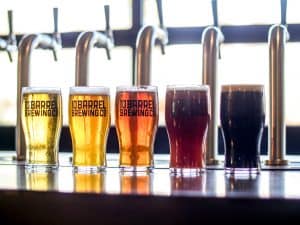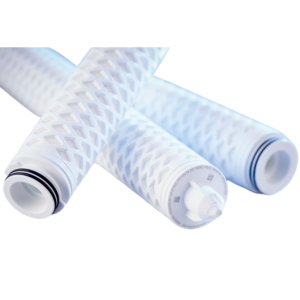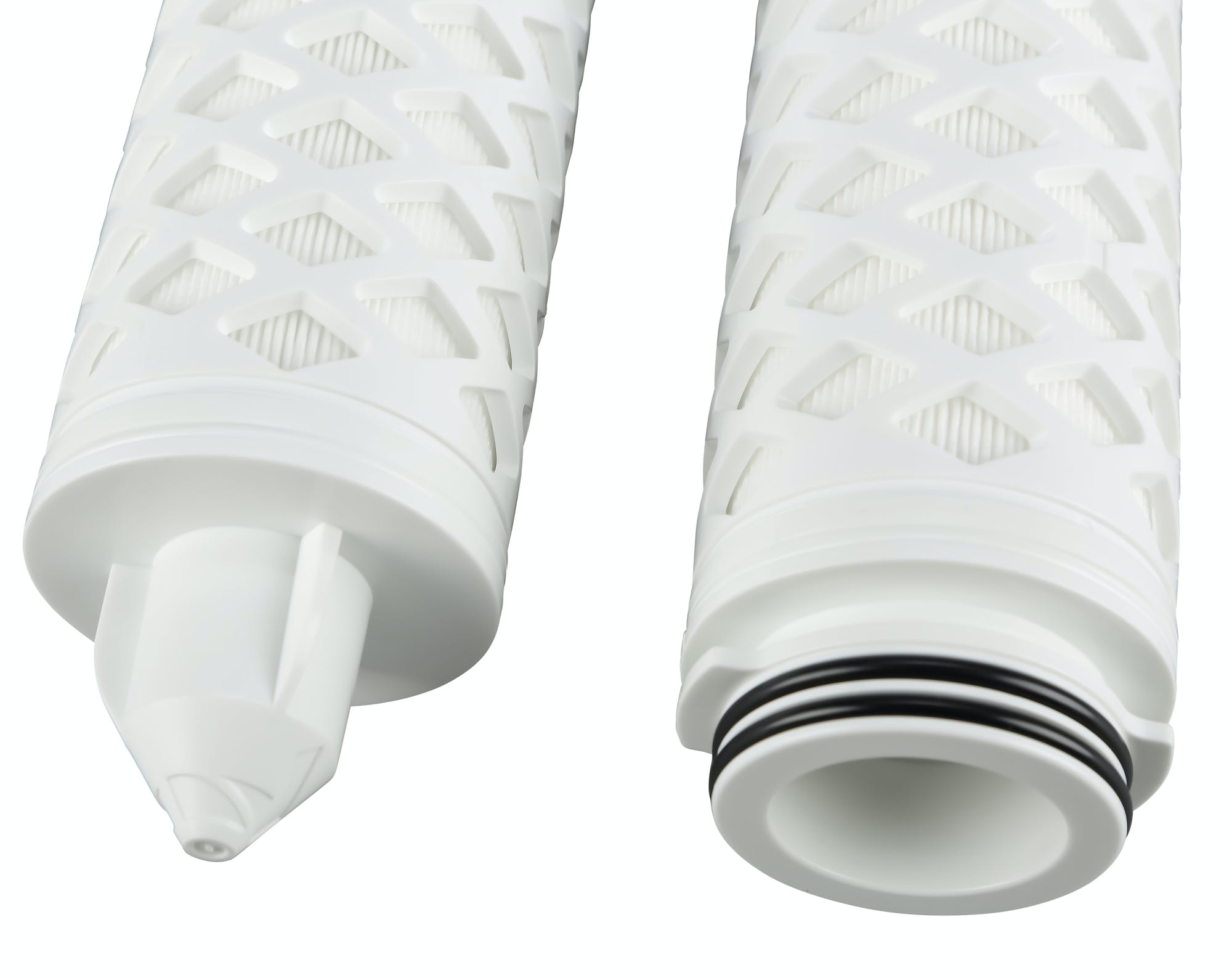

Beta-Glucan: The Challenge Facing the Beer Industry.
Beta-Glucan: The Challenge Facing the Beer Industry.
The beer industry is faced with a growing challenge that affects the quality and consistency of their final product: beta-glucan. Beta-glucans are naturally occurring polysaccharides that are found in the cell walls of yeast, barley, and other grains. In beer production, high levels of beta-glucans can lead to problems with the brewing process and cause cloudiness, instability, and a reduction in the overall quality of the beer.
Testing for Beta-Glucan in Beer
Testing for Beta-Glucan in Beer

To determine the presence of beta-glucan in beer, a range of tests can be used.
These tests typically measure the molecular weight, viscosity, and other physical characteristics of the beer to determine the levels of beta-glucans. One commonly used test is the Rheology Test, which measures the viscosity of the beer and can help identify the presence of high levels of beta-glucans.
Another test that is commonly used is the Flow Microscopy Test, which helps to identify the size and distribution of beta-glucan particles in the beer.
Removing Beta-Glucan with Donaldson Filters
Removing Beta-Glucan with Donaldson Filters

Donaldson Filters is a leading provider of filtration solutions for the beer industry.
Their process filters are specifically designed to effectively remove beta-glucan from beer, improving the quality and consistency of the final product.
Donaldson’s filters use a unique combination of depth filtration, surface filtration, and cross-flow filtration to remove beta-glucans from the beer.
The result is a clearer, more stable, and higher-quality beer that meets the rigorous standards of today’s beer industry
In conclusion, beta-glucan is a growing challenge for the beer industry, but with the help of Donaldson Filters, this issue can be effectively addressed.
By testing for beta-glucan and using Donaldson’s process filters, breweries can ensure that they are producing a high-quality and consistent beer that meets the demands of their customers
